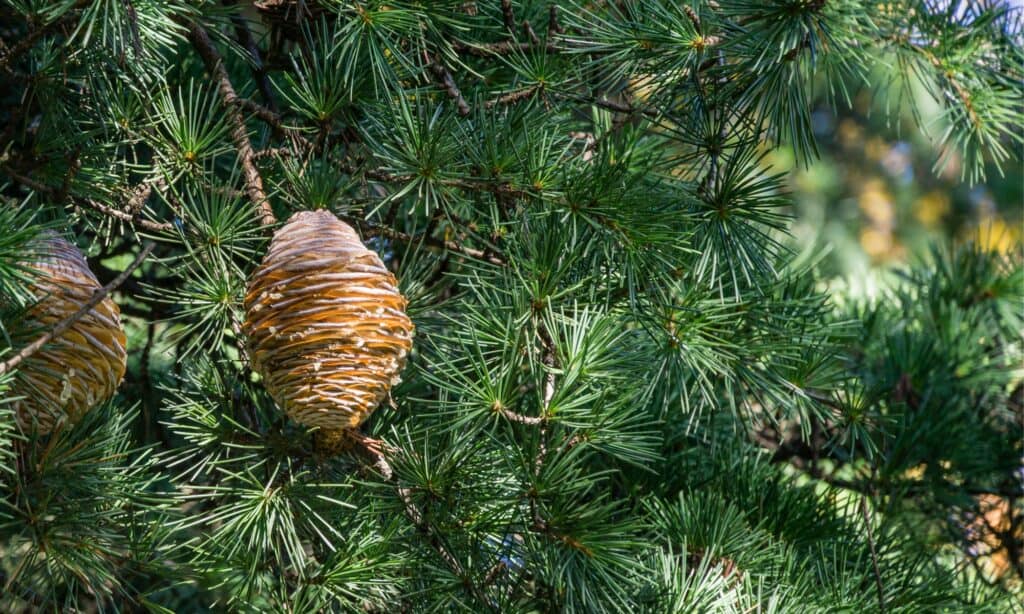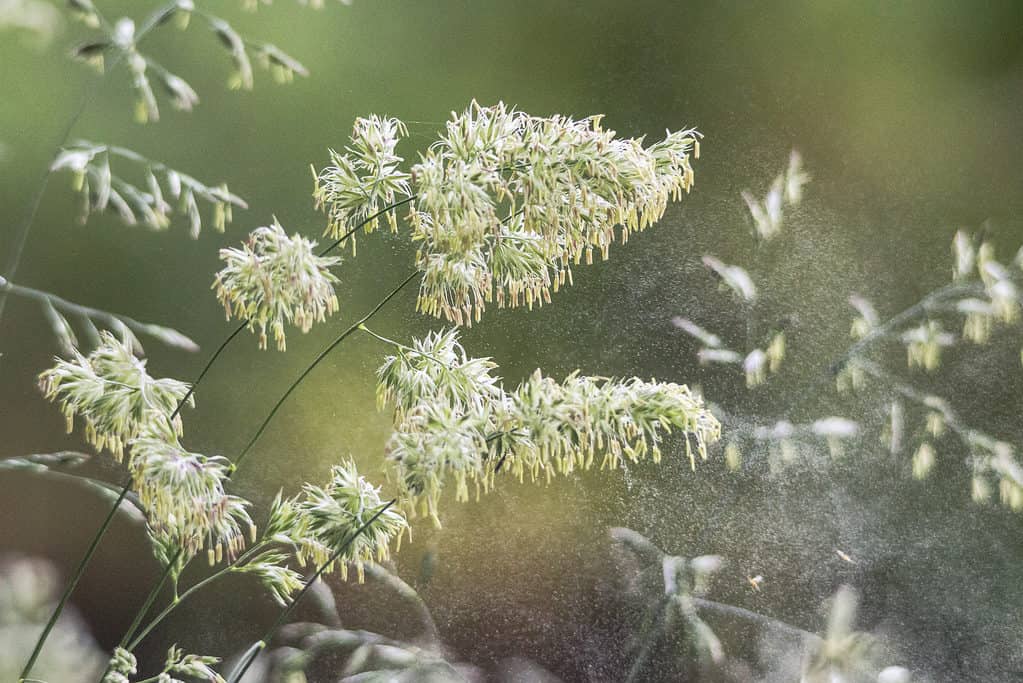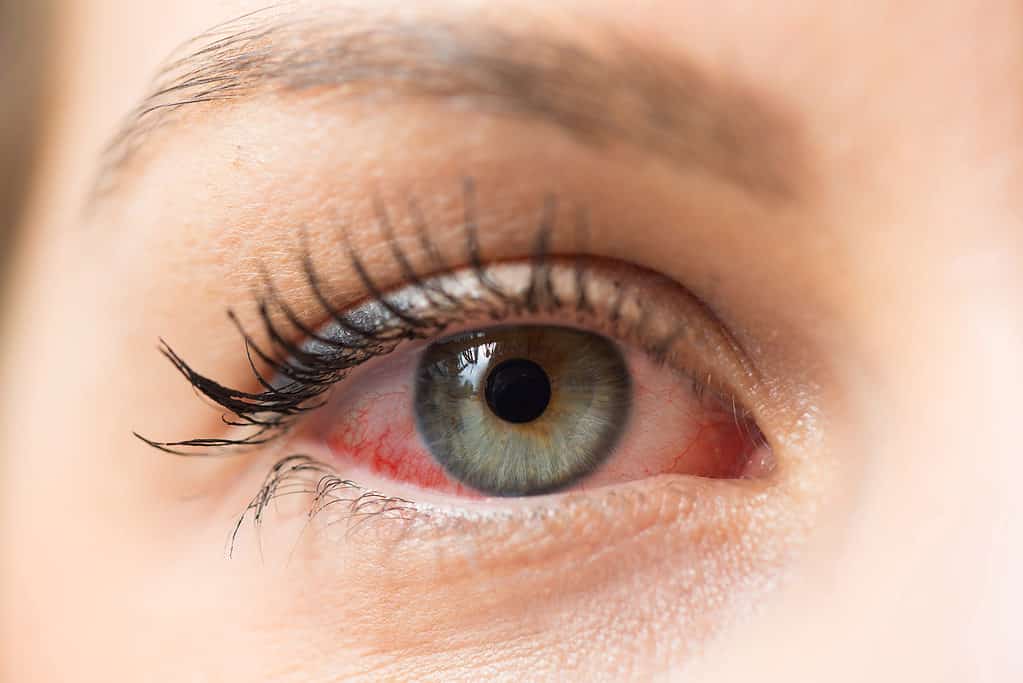When spring is in full swing, unfortunately, that also means that allergy season is upon us. For many, this means itchy eyes, a runny nose, and sneezing. If you’re one of the unlucky Texans who suffer from the infamous cedar or pollen allergies, there are a few helpful tips to help you get through the next few months. In this article, let’s discuss the most common allergens in Texas, treatment options, and how to manage your symptoms best.
Common Allergens Across Texas
For many people, times can be difficult when allergens are high due to the sneezing, runny nose, and itchy eyes that come with allergies. And unfortunately for Texans, allergens are quite high throughout the year. There are many different types of plants that tend to cause allergies in people. Texas’s most common allergenic plants are juniper, oak, ragweed, cedar, and cypress. These plants release pollen into the air, which can then be inhaled by people, causing an allergic reaction. Other plants to be aware of during allergy season are flowers, grasses, and trees.
If you suffer from allergies, you must be mindful of these common allergens and take steps to avoid them. For example, you may want to stay indoors when the pollen count is high or wear a mask when you go outside. You should also keep your windows closed and avoid areas where these plants are growing. Taking simple precautions can reduce your symptoms and make each allergy season easier to deal with.
Cedar

Cedar is the most prominent Texas allergen. “Cedar fever” affects millions of Texas each year during the winter and spring when cedar trees begin pollinating. Central Texas is especially susceptible to cedar pollen. From December to March, central Texans brace for the dreaded cedar season.
Ragweed

©iStock.com/OlyaSolodenko
Ragweed is a weed that pollinates from the end of summer till the beginning of winter. This allergen is especially prevalent in northeastern Texas.
Mold

©Panchenko Vladimir/Shutterstock.com
Mold allergens occur across the state from the middle of summer until the middle of fall. These allergens are particularly prevalent in east Texas, where it gets incredibly humid during these months, and mold grows in excess.
Grass

©Werner Rebel/Shutterstock.com
Certain grasses, such as timothy hay, rye grass, and bermuda grass, also affect Texas allergies at various times of the year. The term “hayfever” comes from grass allergies. Grass allergens are typically the highest at the beginning of summer in May and June.
When Is Allergy Season In Texas?
Most states experience a limited allergy season in spring when plants begin pollinating after being dormant during the winter. Unfortunately, Texas has allergens all year round, which are especially high between January and April, but there are also peaks in the summer and fall.
The most common allergens are pollen (from trees, grass, and weed), mold, and dust mites. And each allergen has a different season in which the pollen counts are highest.
- Tree Allergy Season: December to April
- Grass Allergy Season: April to June or July
- Mold Allergy Season: July to October
- Weed Allergy Season: August to November
As you can see, Texans never really catch a break from allergens, so allergy season is an all-year occurrence with peaks throughout the year. In fact, Texas is ranked as the 2nd worst state in the USA for allergies.
Allergy season for the different allergens can begin or peak earlier or later, depending on the weather conditions and when local plants release pollen. Warm weather and humidity provide the perfect environment for mold spores, pollen, and dust mites to thrive. These allergens are then quickly circulated through the air, which can trigger allergies in people. People with seasonal allergies may find that their symptoms start earlier in the spring and last longer into the summer due to the warmer temperatures.
High humidity levels can cause people with allergies to experience more severe symptoms, making it harder for their bodies to filter out allergens and deal with the symptoms. The warm weather and humidity of summer can also cause pollen to stay in the air for extended periods, and warmer temperatures can cause plants to produce more pollen than usual. These all contribute to the varying factors affecting the length of the allergy season.
Allergy Symptoms In Texas

©sruilk/Shutterstock.com
Allergy sufferers may experience various symptoms, including:
- Sneezing
- Runny nose
- Congestion
- Itchy eyes and throat
- Rash
- General itchiness
- Fatigue
- Difficulty breathing
Some more intense allergies may even give you cold or flu-like symptoms and, in extreme cases, can lead to a sinus infection. While a “cedar fever” doesn’t actually cause a fever on its own, it can lead to other respiratory or sinus infections that will give you a fever.
These symptoms can be caused by many different allergens, including pollen from trees, grasses, and weeds; dust mites; mold spores; and pet dander. It’s essential to figure out which allergens are causing your reactions to avoid them. An allergist or your doctor can help you with this task and advise you best on treating your reactions and prescribing medication.
Best Allergy Treatments In Texas
If you suffer from allergies during allergy season, here are some things you can do to try and ease your symptoms:
Stay Inside
Stay indoors as much as possible when the pollen counts are high. Pollen counts are usually highest in the morning, so if you can stay inside during that time, it will help.
Close All Windows And Doors
Keep your windows and doors closed at home and in your car. Doing so will keep pollen and other allergens out.
Mask Up
Wear a mask when you must go outside. This will help filter out some of the allergens you would otherwise be breathing in.
Medicate
Take over-the-counter medication such as antihistamines or nasal steroids to help with your symptoms. If OTC medication doesn’t work, talk to your doctor about getting a prescription for something more substantial. I recommend cetrizine (Zyrtec), fexofenadine (Allegra), loratadine (Claritan), and diphenhydramine (Benadryl).
Use Nose Spray
Rinse your sinuses with saline water after being outdoors. This will help remove any allergens that may have gotten into your nose while outside.
Wash Pollen off Your Body
Shower before going to bed at night so you can wash away any allergens that may have accumulated on your skin or hair during the day. You can even rinse off your body after going outside to try and minimize symptoms.
By following these tips, you’ll make it through allergy season with minimal discomfort. However, some people may need to seek medical treatment during allergy season, as allergies can interfere with your quality of life. Allergies can make breathing, sleeping, or enjoying being outdoors tricky. If your allergies are severe, they can damper your day-to-day life and may even lead to other health problems if left untreated.
For example, if you have seasonal allergies and don’t treat them, you may be at risk for developing secondary infections. These conditions can be much more severe than the allergies themselves, so seeking treatment early on is best. Treating your allergies during allergy season can also help prevent them from changing or worsening. If you don’t seek treatment for your allergies when they flare up, they may become more severe in the future and harder to manage.
Why Humans Experience Allergies

©ViDl Studio/Shutterstock.com
The human body is complex, and humans may suffer from allergies for many reasons. One reason is that our immune system may overreact to certain substances, such as pollen, mold, mites, or pet dander. When we encounter these substances, our immune system releases histamines, which can cause annoying symptoms like sneezing, itching, rash, fatigue, and watery eyes. In addition, more people are living in busy cities now than ever before. This means more traffic and air pollution and less time in nature. Because we now live in much cleaner, more hygienic environments than our ancestors, we may not get exposure to allergens early enough in life to build immunity against common allergens.
Outlook For Allergies In Texas
Whatever the reason for your allergies, all sufferers can agree that allergies are never fun for the person experiencing them. But the good news is that they are usually only temporary and will eventually disappear in time. Luckily for most allergy seasons, symptoms are typically mild and can be treated at home. So remember, during the next time allergens flare up in Texas, there are many things that you can do to minimize your symptoms and make the best of your situation to reduce suffering.
Up Next
- Maryland Allergy Season: Peak, Timing, and Symptom
- Discover Texas’s Coldest January On Record
- Azaleas in Texas: How to Care for Azaleas in Texas Climates
The post Texas Allergy Season: Peak, Timing, and Symptoms appeared first on AZ Animals.
from Animal News, Facts, Rankings, and More! - AZ Animals https://ift.tt/V3kRJ9P